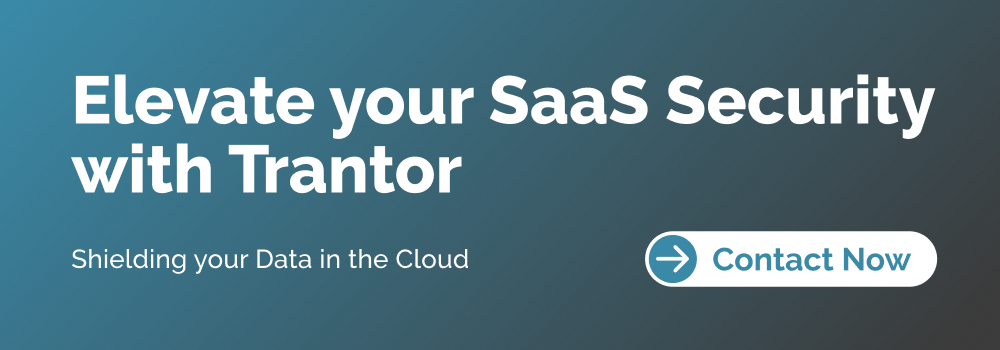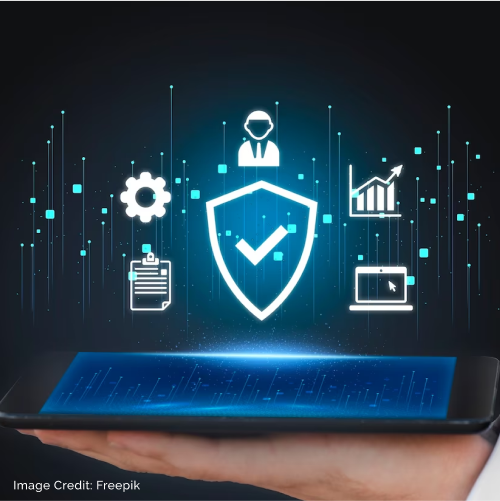SaaS, zBlog
The State of SaaS Security: Best Practices and Emerging Trends in 2023
atif | Updated: October 10, 2023
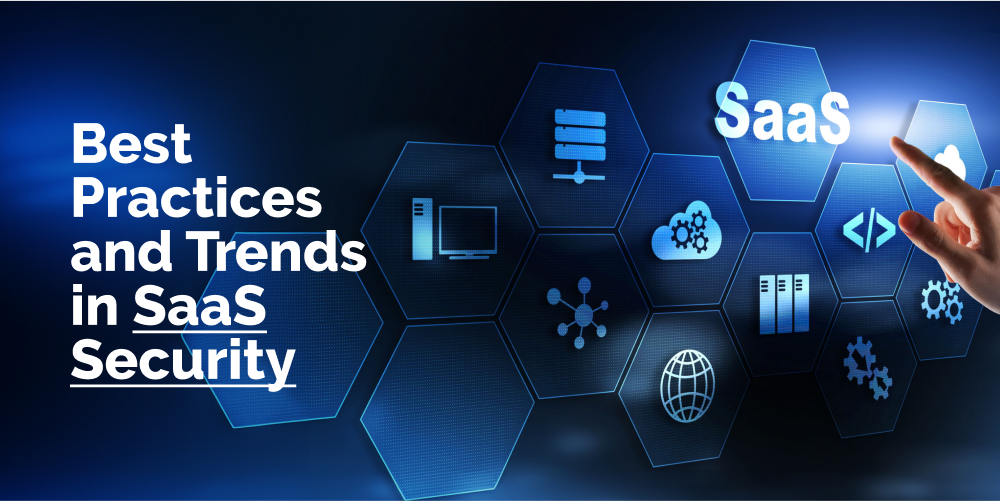
Introduction
The growth of Software-as-a-Service (SaaS) has transformed the way organizations operate. By 2025, Gartner predicts that more than 95% of new digital workloads will be deployed on cloud-native platforms, like SaaS. With this rapid adoption comes new security challenges and a pressing need for effective SaaS security strategies.
In this blog, we’ll explore the current state of SaaS security, including key stats, emerging threats, best practices, and innovations that are shaping the future. Whether you’re a CISO, security leader, or IT decision-maker, understanding the SaaS security landscape is essential for protecting your business in the cloud era.
The Rising Threat of SaaS Data Breaches

Image Credit:Freepik
As organizations continue migrating business processes and sensitive data to the cloud, SaaS apps have become a prime target for cybercriminals. IBM’s 2022 Cost of a Data Breach Report found that breaches due to cloud misconfiguration were the top cause among compromised SaaS apps, accounting for 45% of these breaches.
With more employees accessing SaaS apps from remote environments, often via unmanaged devices, the attack surface has grown exponentially. Verizon’s 2022 Data Breach Investigations Report found web application attacks were the most common external threat against SaaS apps, representing 39% of breaches.
According to a survey by BlueVoyant, 93% of businesses reported gaps in their SaaS security defenses. The survey also found:
- 75% of respondents experienced a SaaS data breach in the past 18 months
- 45% of respondents have over 500 SaaS app subscriptions
- 63% do not have visibility into how employee access and data are being used across their SaaS apps
At the root of the problem is the growing complexity of SaaS environments, combined with incomplete visibility and control over security. With hundreds of SaaS apps in use, many containing sensitive data, it’s extremely difficult for security teams to effectively manage permissions, configurations, and security across their entire SaaS footprint.
Key SaaS Security Challenges for Organizations

Image Credit:Freepik
While the benefits of SaaS adoption are undeniable, these new environments present unique security challenges that legacy tools are unable to adequately address:
- Lack of visibility into SaaS data, users, and activities
Many organizations are unaware of what SaaS apps are being used and struggle to gain visibility into the sensitive data stored and shared within them. Without knowing what data exists and how it’s being accessed, it’s impossible to effectively manage security and compliance. - Complex security configurations
Each SaaS app requires proprietary knowledge to properly configure security settings and permissions. This level of complexity scales dramatically with tens or hundreds of unique SaaS environments in use. Even one misconfiguration can leave an opening for compromise. - Lateral movement across SaaS apps
Unlike on-prem software, SaaS apps are inherently interconnected, with users frequently accessing data across integrated apps. This lateral movement creates hidden access paths that bypass the least privilege controls. One compromised account can expose data across many SaaS apps. - Weak access controls and privileged account management
Many organizations grant excessive or inappropriate access rights within SaaS apps, increasing insider threat risk. Security teams also often lack visibility and control over privileged admin accounts, which can severely amplify damage if compromised. - Limited visibility into third-party access
External vendors, contractors, and partners frequently have access to SaaS environments. When their activities go unmonitored, this can lead to data exfiltration or account compromise. Having visibility into how third parties are accessing data is critical. - Difficulty detecting threats and anomalies
Legacy tools like firewalls and antivirus fail to provide adequate visibility into user activities, data access, and threats within SaaS. Without this visibility, abnormal behavior often goes unnoticed. Security teams need improved analytics to detect compromised accounts, insider threats, and policy violations.
These challenges demonstrate why a holistic SaaS security strategy is critical for any organization embracing cloud applications.
Preparing for Emerging SaaS Security Threats
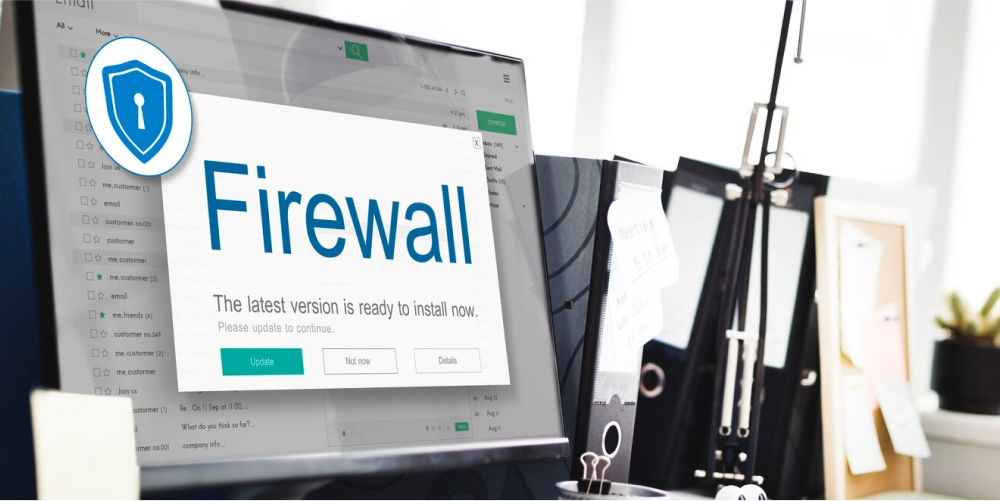
Image Credit:Freepik
Looking ahead, several emerging threats could expose organizations to increased SaaS risk:
- Ransomware attacks against SaaS apps and providers
Ransomware groups are increasingly targeting highly strategic SaaS environments and even SaaS providers themselves, as we’ve seen in attacks against Kaseya, Canon, and other major providers. By compromising or disabling SaaS apps, these attacks aim to maximize disruption to business operations. - Supply chain attacks via third-party SaaS access
Threat actors are stepping up attacks against third parties to gain initial access to target networks. With the growth of SaaS, threat actors can leverage supplier and partner access to SaaS environments as an attack vector. - Increasing insider threats
Insider threats account for nearly 30% of data breaches according to IBM’s report. As more business activities move to SaaS, insider threats will increase exponentially due to the unrestricted data access many employees have across loosely governed cloud apps. - API vulnerabilities and misuse
APIs enable powerful integrations between SaaS apps but also introduce new attack surfaces if not properly secured. API abuse allows threat actors to extract data, manipulate records, and circumvent policies at scale. - SaaS reconnaissance and exploitation
Reconnaissance using SaaS storage metadata can help attackers profile target networks and identify sensitive information. Techniques like SaaS service profiling and tenant scoping are growing threats. - Malicious internal SaaS app development
SaaS platforms make it easy for users to build custom software and apps. If not governed properly, these user-created apps can be leveraged for data theft, fraud, or operational interference.
As your organization adopts more SaaS apps, it’s critical to evaluate these emerging vectors and develop mitigation strategies before an incident occurs.
Best Practices for SaaS Security

Image Credit:Freepik
Strengthening SaaS security requires a combination of people, processes, and technology. Here are 10 best practices every organization should adopt:
- Continuously discover and classify SaaS apps
Maintain a continuously updated inventory of all SaaS apps in use, the sensitive data stored within them, and to which users have access. Classification is essential for prioritizing security efforts. - Enforce least privilege access controls
Utilize role-based access controls and analytics to ensure users only have access to the data they need. Continuously monitor entitlements and access behavior for anomalies. - Apply unified data loss prevention
Consistently enforce DLP policies based on sensitive data definitions across SaaS apps. Limit sharing, downloading, and other external transfers of sensitive data in cloud storage apps. - Secure SaaS configurations and settings
Harden SaaS app configurations following best practice guidelines and ensuring configuration monitoring is in place. Quickly detect and correct misconfigurations that create risk. - Implement session controls for high-risk access
For privileged administrative access, limit sessions to the minimum time required and actively monitor activities during sessions. Terminate sessions if suspicious activity is detected. - Monitor and control third-party access
Maintain an inventory of all third parties with access to SaaS environments. Continuously monitor activity for anomalies and enforce least privilege. Limit outbound data sharing when possible. - Detect insider threats
Use advanced behavioral analytics and AI to quickly detect anomalies like repeated failed logins, excessive file downloads, outbound data transfers, and other risky activities. - Educate employees on SaaS security
Ensure employees understand policies around SaaS usage, safe data handling, and threat prevention. Communicate consequences for non-compliance and risky behavior in the cloud. - Perform ongoing SaaS security assessments
Continuously assess configurations, user access controls, activity patterns, and usage for each connected SaaS app. Identify high-risk areas for remediation in alignment with your risk appetite. - Prepare an incident response plan for SaaS
Have an effective plan in place for quickly determining scope, isolating damage, and remediating issues caused by a SaaS incident. Run regular incident response simulations and update plans accordingly.
Leveraging these best practices requires adopting modern tools designed specifically for SaaS security. Relying purely on native SaaS security controls leaves dangerous gaps. Organizations should evaluate cloud-native security platforms that unify visibility, compliance, data security, threat prevention, identity governance, and more.
The Evolution of SaaS Security Technology

Image Credit:Freepik
As SaaS threats have evolved, so have cybersecurity solutions. Organizations now have access to cutting-edge technologies purpose-built for the unique threats and challenges posed by SaaS:
- Cloud security posture management (CSPM)
CSPM tools analyze an organization’s entire SaaS footprint to detect misconfigurations, policy violations, and compliance risks. Advanced CSPM can even automatically remediate settings risks. - Cloud access security brokers (CASBs)
CASBs secure access to SaaS environments using techniques like data loss prevention, user access controls, activity monitoring, and encryption to prevent unauthorized access to sensitive data. - Cloud workload protection platforms (CWPPs)
CWPPs provide threat prevention for endpoints accessing SaaS apps via compromised accounts or malware. CWPPs can stop zero-day attacks, detect insider threats, and automate response. - Cloud malware analysis and sandboxing
Advanced malware tools can analyze suspicious SaaS-based content in isolated sandboxes to identify threats. This allows unknown threats to be detected before they impact users. - SaaS security posture management (SSPM)
SSPM is a newer category of tools that provide holistic visibility across an entire SaaS footprint, benchmarking security against best practices and regulatory requirements. SSPM identifies gaps and prioritizes remediation. - SaaS-native identity and access management
Technologies like SCIM and SSO create single identities for simplified access management across all SaaS apps. Just-in-time provisioning and de-provisioning improve identity lifecycle management. - User and entity behavior analytics (UEBA)
UEBA systems apply machine learning to detect account misuse, compromised credentials, malicious insiders, and other abnormal behavior across an organization’s SaaS footprint as it occurs.
By correlating signals from these technologies, organizations gain unified visibility and control over their entire SaaS environment. Cloud-native security enables true risk-adaptive protection aligned to the unique needs of each SaaS app.
Key Takeaways for Improving Your SaaS Security Posture
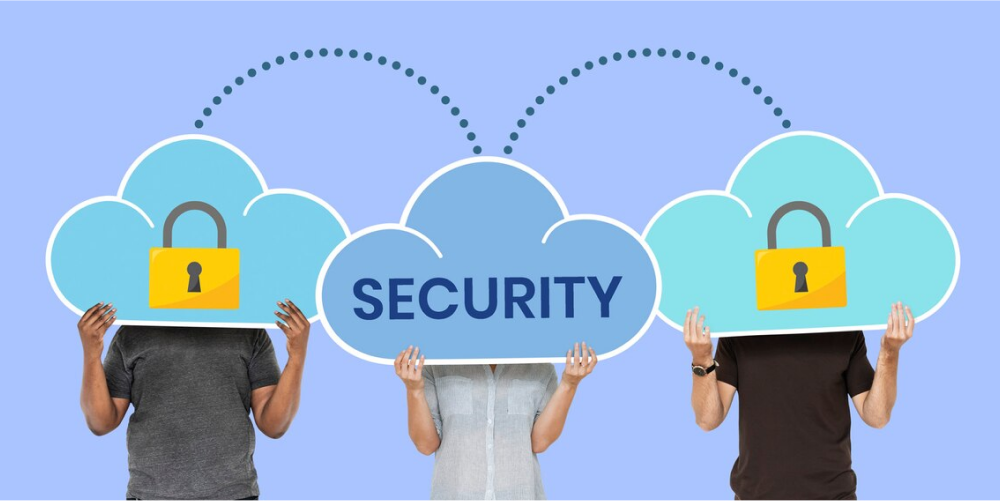
Image Credit:Freepik
As organizations accelerate cloud adoption, SaaS security must become an urgent priority. With hundreds of heterogeneous cloud apps in use, the expanded attack surface is impossible to secure with legacy security tools. Data is being broadly shared and accessed outside the perimeter, creating immense challenges.
By implementing a holistic defense-in-depth strategy supported by purpose-built cloud-native security technologies, organizations can securely embrace the performance and agility gains offered by SaaS. Key takeaways include:
- Achieve unified visibility across your entire SaaS footprint – apps, data, users, behaviors
- Implement least privilege and enforce on an ongoing basis to limit damage from compromised accounts
- Protect sensitive data across all SaaS apps via embedded information security controls
- Harden SaaS configurations and continuously monitor for compliance and risk
- Employ advanced analytics and machine learning to detect compromised accounts, risky insider activities, and targeted threats
- Streamline identity and access management across your SaaS environment through SSO and automated lifecycle management
- Prepare to quickly respond to SaaS incidents by developing cloud-specific response plans and playbooks
As your organization adopts SaaS applications, be proactive in your security program. Ensure it evolves to meet the unique and growing challenges of the cloud. By taking advantage of purpose-built SaaS security platforms and following proven best practices, you can confidently accelerate your cloud-first strategy.
Leveraging Expert Guidance for Your SaaS Security Strategy
As this blog demonstrates, building a robust SaaS security strategy requires specialized expertise across people, processes, and technologies. Partnering with an experienced managed security services provider can help accelerate your efforts to secure critical SaaS environments.
Trantor is an AWS Advanced Consulting Partner and a leading provider of cloud-native security solutions. Our experts help organizations govern access, manage data security, ensure compliance, monitor for threats, and automate response across their entire SaaS footprint. By leveraging Trantor as a trusted security advisor, you gain access to proven methodologies, leading cloud security technologies, and seasoned resources to advance your SaaS security initiatives.
To learn more about our SaaS security capabilities or get a customized assessment, contact Trantor today. Our experts are ready to help guide and strengthen your SaaS security program on your cloud journey.
